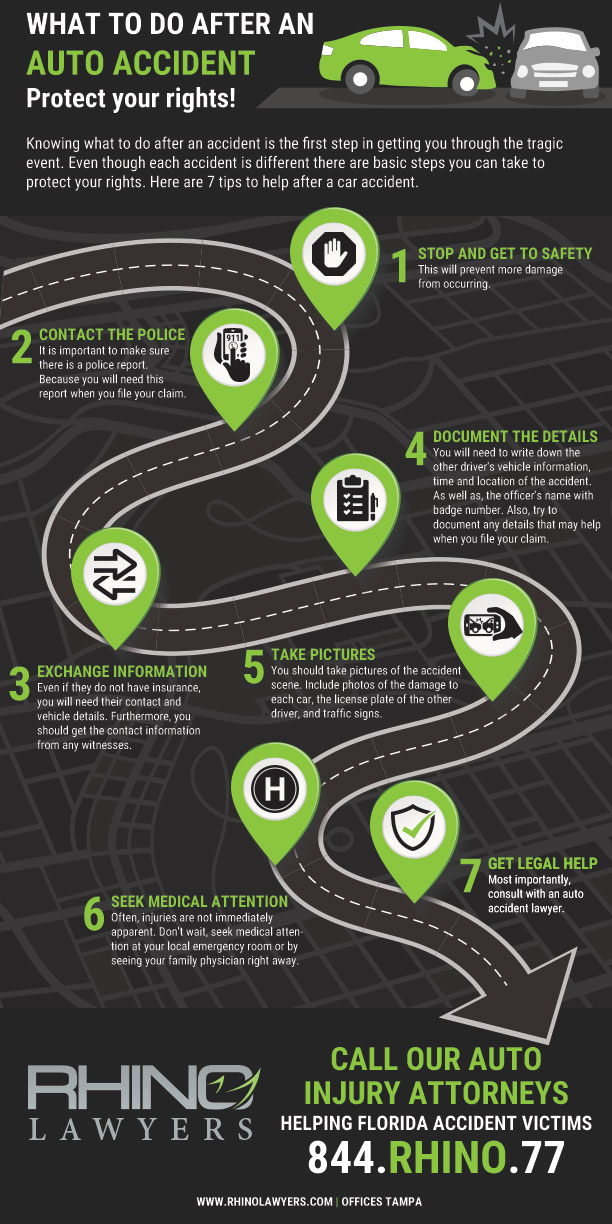When you’re driving and another car suddenly veers into your lane, causing a potential collision, your immediate reaction might be to swerve to avoid the accident. But then you start wondering: “If you swerve to avoid an accident, are you at fault?” It’s a common question that many drivers face at one point or another.
In this guide, we will answer that specific question and look more broadly at the nature of car accidents from a legal perspective. Here, we’ll consider fault, negligence, and much more so you can understand this tricky topic more clearly. Let’s get started.
What Is Fault in a Car Accident?
Let’s begin this exploration by considering fault. Essentially, being “at fault” in a car accident means that you’re responsible for what happened. It’s a straightforward concept that determines who should take the blame for what occurred on the road.
This responsibility is not assigned randomly but is based on a legal principle known as negligence. Negligence simply refers to a lack of care or attention. For instance, if a driver fails to stop at a red light and crashes into another vehicle, they are considered negligent because they didn’t follow the rules of the road.
Determining fault in accidents isn’t always clear-cut. In some cases, both drivers may share the responsibility for the collision. However, in other situations, one driver may bear full accountability. It all hinges on who acted carelessly or failed to uphold their duty while driving.
The Principle of Negligence
Above, we mentioned the term negligence and the role it plays in determining fault. Negligence is essentially failing to be careful when you should be. When you’re driving, negligence means not being cautious on the road.
Swerving to avoid an accident is a common example. Imagine someone suddenly cuts into your lane without warning. Your natural reaction might be to swerve to avoid hitting them.
In this situation, swerving is seen as a reaction to a sudden danger, not negligence itself. However, there are times when swerving can be considered negligent. For example, if you swerve recklessly without paying attention to other cars on the road, you could be considered negligent.
The principle of negligence applies to these situations by examining whether a driver exercised reasonable care given the circumstances. So, while swerving to avoid an accident is often a responsible action, it’s essential to do so safely and without putting yourself or others at risk.
Comparative Negligence in Florida
Let’s go a step further now and discuss comparative negligence. In Florida, the concept of comparative negligence recognizes that fault in an accident can be shared among multiple parties.
Unlike some other states where if you’re even slightly at fault, you might not be able to recover any damages, Florida follows a “pure comparative fault” rule. This means that even if you’re partly responsible for an accident, you can still seek compensation for your injuries, although the amount you receive will be reduced by your percentage of fault.
So, let’s say you swerve to avoid an accident, but the other driver is also driving recklessly. In this scenario, both you and the other driver might share some fault for the accident.
Even though you took evasive action, the other driver’s negligence could still play a role in determining fault. As a result, under Florida’s comparative negligence laws, both parties may be held accountable to varying degrees.
Factors That Influence Fault Determination
Now, when it comes to determining fault in car accidents, several factors come into play, shaping the outcome of the investigation. One crucial element is road conditions. Poorly maintained roads or construction zones can create hazards that contribute to accidents.
Similarly, adverse weather conditions like rain, snow, or fog can reduce visibility and traction, increasing the risk of collisions. Speed is another significant factor. Driving above the speed limit or too fast for current conditions can limit a driver’s ability to react to unexpected situations, making them more likely to cause an accident.
Additionally, driver behavior plays a crucial role. Reckless actions such as distracted driving, aggressive maneuvers, or driving under the influence of alcohol or drugs significantly increase the likelihood of accidents and can impact fault determination.
Legal Consequences of Being at Fault
Being deemed at fault in a car accident can have significant legal ramifications, potentially leading to various penalties and consequences.
One common consequence is facing financial liabilities, including paying for damages to the other party’s vehicle, medical expenses, and compensation for pain and suffering. Additionally, you may be subject to fines or citations, depending on the severity of the vehicle crash and local traffic laws.
In more serious cases, being at fault can result in legal action, such as lawsuits for negligence or wrongful death. This could lead to substantial financial settlements or judgments against you. Moreover, your driving privileges may be impacted, with possible consequences including license suspension or revocation.
Another consequence of being at fault is the potential for increased insurance premiums. Insurance companies may deem you a higher-risk driver, leading to higher premiums or even denial of coverage in some cases. This can significantly impact your finances in the long term.
Tips for Preventing Swerve Accidents
To minimize the risk of swerve accidents on the road, it’s crucial to stay alert and anticipate potential hazards. You should always maintain a safe following distance from other vehicles, allowing ample time to react.
Also, avoid distractions such as texting or eating while driving, and always obey traffic laws. Practicing defensive driving techniques and staying focused on the road can help prevent swerve accidents and ensure safer travel.
If You Swerve to Avoid an Accident, Are You at Fault?
To sum up, navigating fault in accidents involving swerving requires a nuanced understanding of negligence and the circumstances surrounding the incident. While fault determination can be complex and influenced by various factors like road conditions and driver behavior, prioritizing safety is always paramount.
So, if you swerve to avoid an accident, are you at fault? To find the answer, speak to the attorneys at RHINO Lawyers. Click here to schedule a free virtual consultation with an accident attorney today.
CONTACT A TAMPA AUTO ACCIDENT ATTORNEY
In short, after a car accident, you may not know your rights. Above all, don’t struggle through the process alone. Actually, our personal injury team is here to help you with any legal needs you might have regarding your accident.
Lastly, let RHINO Lawyers answer your questions and review the facts of your case with a Free Consultation. So, get started by completing the “Free Instant Case Evaluation” or by calling us any time, day or night, at 844.RHINO.77.










